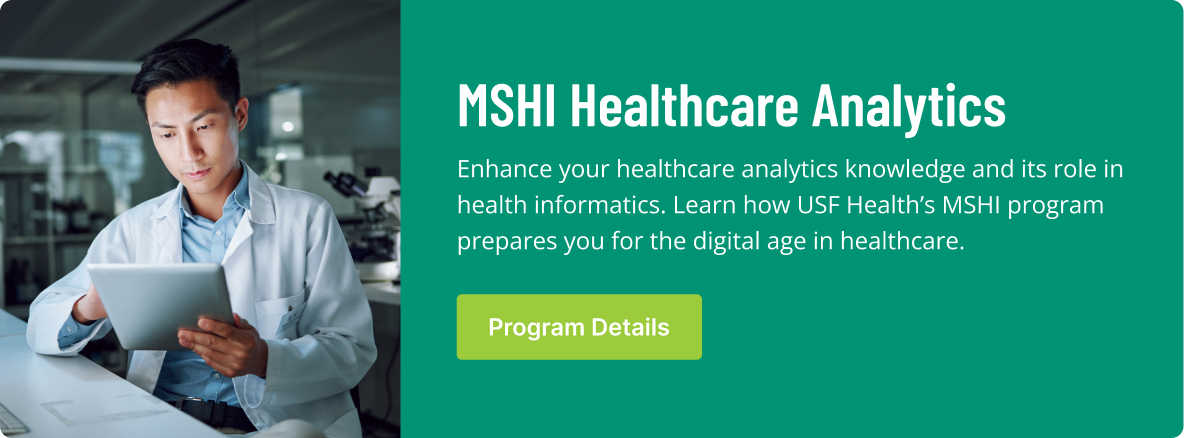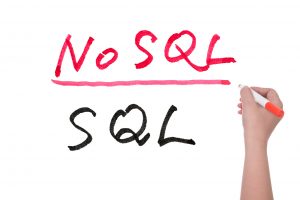The power to impact an individual’s health no longer rests solely in the hands of the physician. Health data now is at patients’ fingertips, allowing them to invest time and effort in their own healthcare outcomes.
Data analytics power some of healthcare’s most important innovations of the last two decades, from precision medicine initiatives to efforts to reduce hospital readmissions, create value-based care models and streamline workforce scheduling. Another area it is having a major impact in is patient engagement.
Patient engagement refers to the practice of combining a patient’s knowledge, ability and willingness to manage their health, as well as the approach to their healthcare, to create more positive and healthy behaviors. At the center of patient engagement is access to health data and people who can help patients understand the information it reflects.
Patient Portals: The Doorway to Engagement
There is, perhaps, no greater tool for patient engagement than the patient portal. Opening up the electronic health record (EHR) to the patient, portals have gone beyond desktop applications and are now available on mobile devices, putting health information at patients’ fingertips when they, or their provider, need it. This can help the patient take ownership of their care and interact with physicians on a deeper level.
But portals also provide a platform for patients to communicate with physicians outside of their scheduled appointment time as well.
This has increased the level of engagement, according to the ONC’s Deputy National Coordinator Genevieve Morris.
“Four-in-10 individuals have access to their medical data,” Morris said. “I use my provider’s patient portal all the time to message my provider and look at physician notes. Five years ago, that wasn’t something I could do.”
Studies have shown that the vast majority of patients find patient portals useful, experience increased satisfaction and are more likely to adhere to prescription instructions. For their part, providers like portals as they allow them to build relationships with patients via messaging, and to educate them as well.
Wearables and Patient Data
The wearables market has exploded in recent years, with Fitbits and Apple Watches providing just a few high-profile examples of the kind of technology available to consumers. One thing all wearables have in common is a certain level of patient participation in the data collection process.
Patient willingness to share data quickly became a topic of discussion when the American College of Cardiology (ACC) conducted a pilot project that targeted the collection of non-episodic clinical data over an extended period. The ACC identified four popular wearable devices that could be paired with a proprietary vendor application programming interface (API) that allowed users to opt-in to the project and have their data de-identified and seamlessly integrated into the ACC data registry.
The four applications were Fitbit, Runkeeper, Google Fit and FatSecret, a calorie counting application. Some require passive participation. The user simply wears a device, the device collects the data and shares it with the registry. Others, like the calorie counter, require active participation from the user such as daily logging of information.
The team immediately noticed an impact on the level of participant engagement, said Ajay K. Mittal, associate director of IT for the ACC, speaking at a session titled “Harvesting Wearable Device Data” at the 2018 HIMSS conference in Las Vegas,.
“Population health management is the greater goal, we all want it, but it’s not easy to get the participation,” Mittal said. “There is some resistance to sharing data. We found that the calorie counter data, in particular, turned out to be unreliable and somewhat subjective to the user. I think chicken tikka masala has 100 calories, but my wife thinks it has 1,000 calories.”
In total, less than 20% of total users were committed to using FatSecret in a way that let researchers glean meaningful information. That said, researchers did conclude that the app provided valuable insight into eating habits.
Additionally, the researchers were unable to take advantage of the most popular health tracking device on the market, the Apple Health app, due to a lack of an API that could work with Apple’s technology architecture. In the end, 75% of the data captured came from Fitbits, the most widely used device of the four. It is able to collect the most longitudinal data of these devices, including sleep data, which has obvious value from a clinical perspective.
If the pilot project can be repeated and wearable device data harvested and combined with EHR data, a more complete patient profile can be captured to give physicians a new level of insight. There is no shortage of challenges, though, from the reliability of patient participation rates to the development of APIs capable of transporting all of this data to one place in a HIPAA compliant manner.
“We need a little bit more education,” Mittal said. “We’ll have to tell people how this will drive overall health, and maybe that will drive higher levels of engagement. We need that willingness to share data for this analysis to have a real impact.”
The pilot study didn’t take aim at addressing a specific issue but was more focused on whether or not non-episodic data could be collected in a HIPAA compliant manner and integrated into health information registries in the future. Despite the issues surrounding participation, Mittal concluded that this sort of longitudinal data collection has merit and could improve outcomes as researchers uncover new ways of using it.
“Ninety percent of the people in this room are using some type of device to monitor their step counts,” Mittal said. “I use a device to capture my blood pressure. This is non-clinical, non-episodic data and we feel that if we monitor this data over time, we can improve outcomes and the quality of care. We have so many non-clinical data points available to us, the challenge is, how do we collect it all and use it?”




